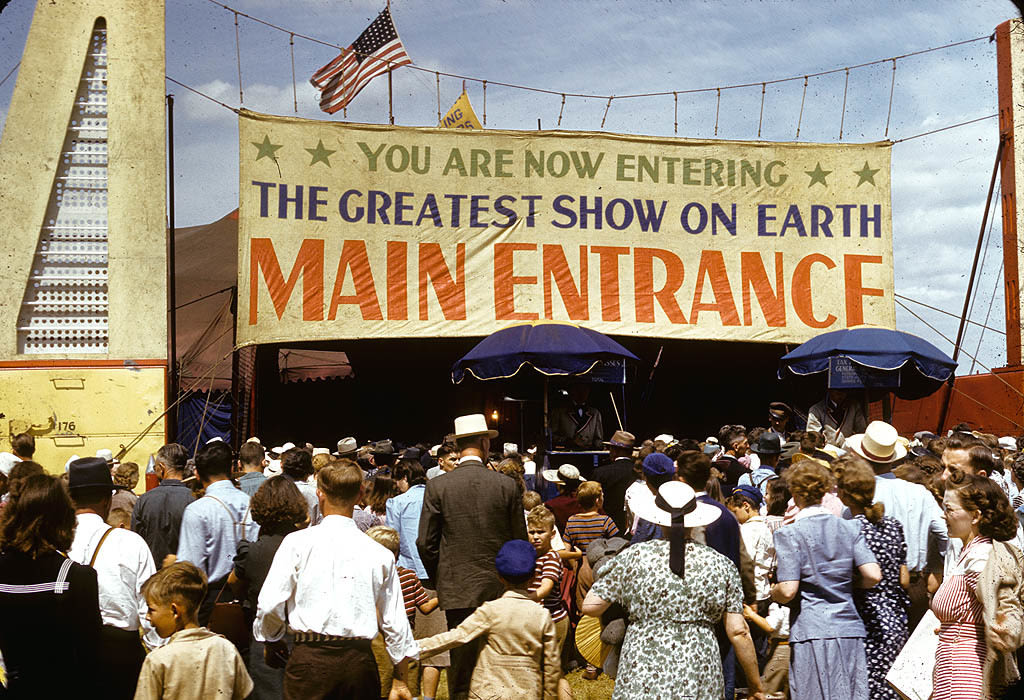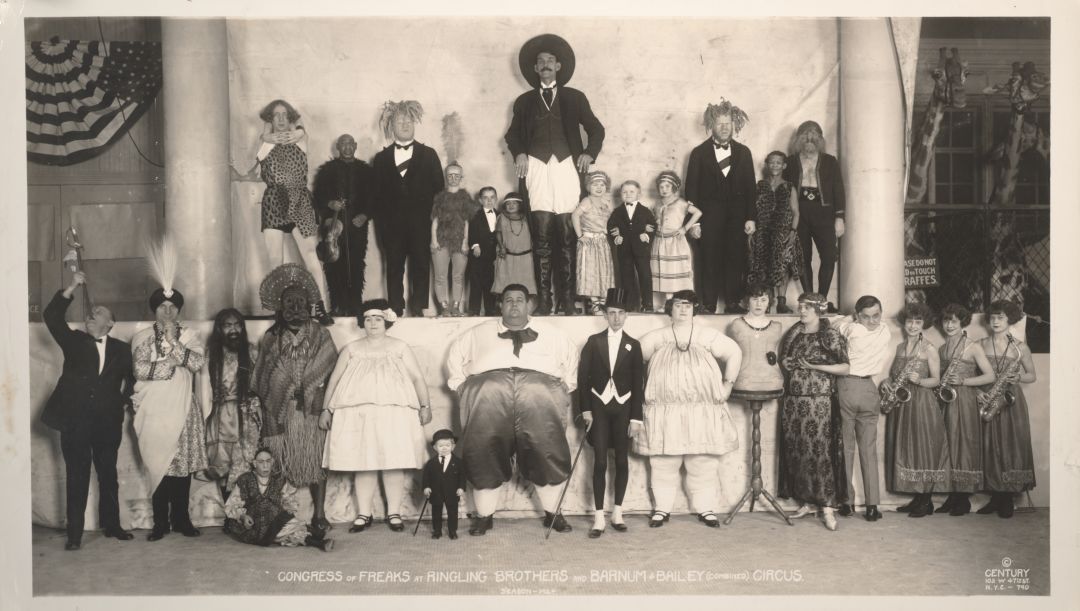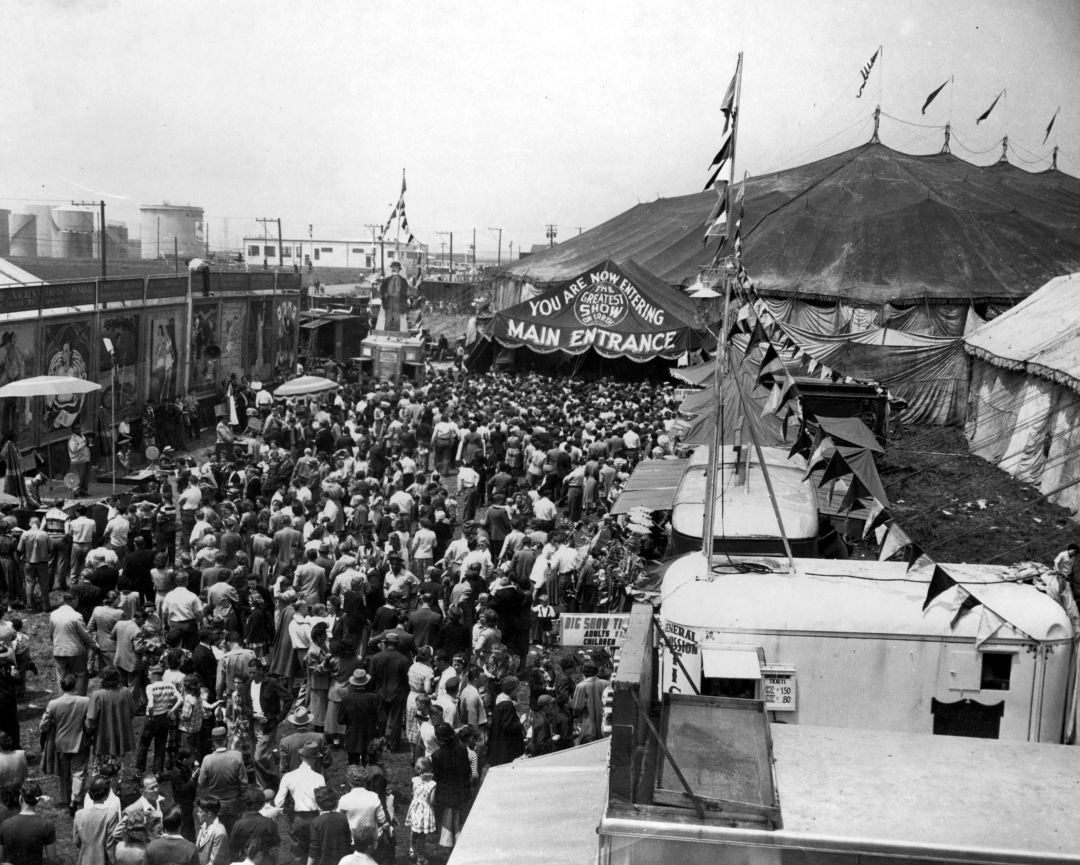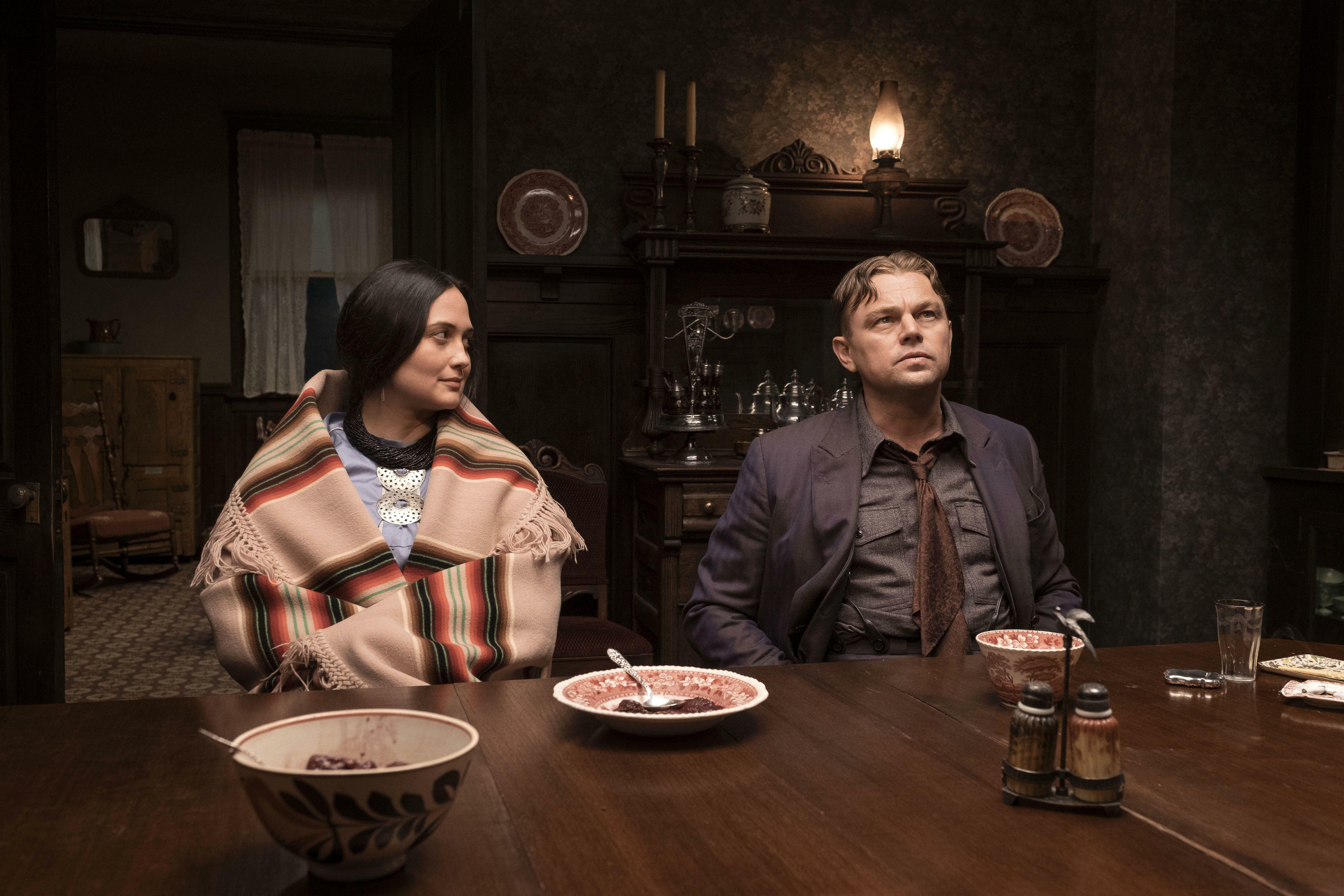A New Documentary on the Circus Highlights the Ringling Brothers' Contributions

Main Entrance to the Ringling Bros. Circus, Madison, WI. on August 17, 1951.
While peanuts and crackerjacks aren’t hard to come by, reliving the early circus of the 1900s is not an easy feat. Next month, the PBS documentary The Circus will give a long overdue look at what was once a staple of American entertainment, with Sarasotans tied to the popular historic form among those interviewed. The documentary will chronicle circus life from its original inception in the late 18th century to its widespread fame and popularity across the nation to even its decline. Along the way, the documentary will take a hard look at the influence the circus had on American identity.
Self-described fans of the Ringling Brothers might know that when they first arrived on the scene in the late 1800s, their modest wagon show paled in comparison to powerhouses such as the Barnum & Bailey Circus.
“What needs to be understood about the Ringling Brothers is that they were very, very good at running a circus,” says Sharon Grimberg, the writer, producer and director of the film. “They entered the circus business quite late but, by 1893, the Ringling Brothers were the dominant circus in America.”

Congress of Freaks at the Ringling Bros. and The Barnum & Bailey Circus, circa 1924
If the name Ringling isn’t reason enough to tune in, then the onslaught of current Sarasotans interviewed for the film will be. Former fixtures of the Ringling Brothers show, from swinging aerialists to hilarious clowns, were interviewed. Deborah Walk, former Curator of the Circus Museum at the Ringling, and Jennifer Lemmer Posey, its current curator, both make an appearance as well.
The Circus depicts the significance of circus culture during a time radio and television weren’t around.

View over the midway to the ‘Main Entrance’ to the Ringling Bros. Circus, circa 1950.
“The circus traveled from town to town,” Grimberg says. “If you lived in Iowa, Ohio or Chicago, you might see the same circus and the same acts. It was accessible to all walks of life, from farmers and factory workers to people with money. It was a very democratic form of entertainment.”
Circuses are also credited with exposing Americans across the country to ragtime and jazz music as well as the suffragette movement.
“I think that The Circus is really a mirror and reflection of American culture,” Grimberg says. “In looking at the history of the circus, you see how these themes resonate in American society.”
The four-part documentary series premieres on Oct. 8 and 9 on WEDU PBS. You can catch the trailer here.



